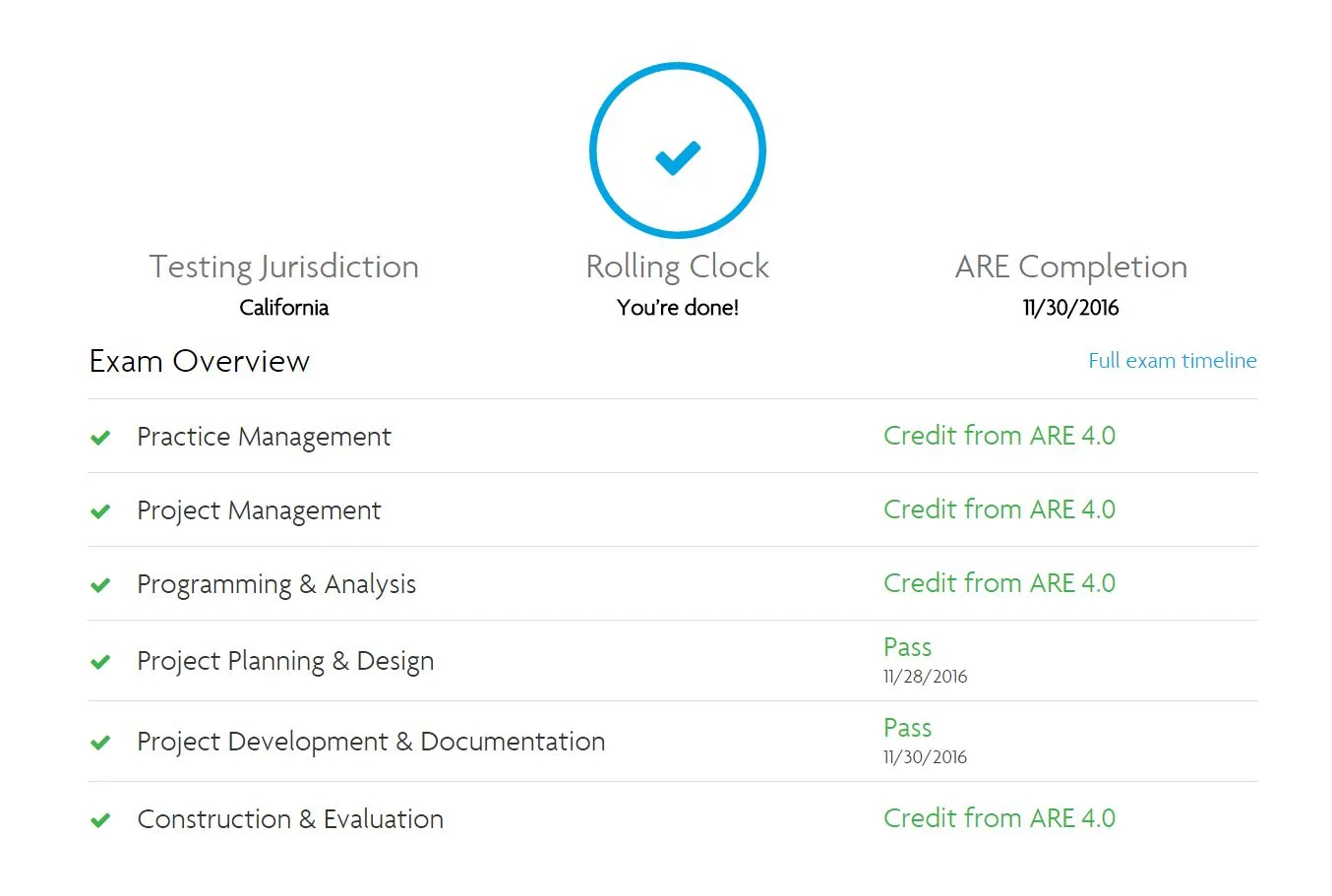Architects Are Storytellers
/Every month a group of archi-bloggers gather to write about the same topic - we call it #ArchiTalks. This article is in contribution to this month's the topic: Words. To explore other fabulous ArchiTalk writers' takes on the topic, visit the links at the end of this blog.
One of the most common frustrations expressed by architects today and for many decades is that the general public has no idea what we do. Just Google the question and you'll find countless articles, most by professionals, trying their best to explain what an architect is. After reading through the first page of hits, you might get a pretty good idea of what we do. But chances are you probably don't understand what we really want you to know: why does anyone need to hire an architect, and what do they actually get out of it?
It's understandable - people come to us for a product like a house, an office, a school, etc., and what we actually give them an expensive service. Oh, no no, we don't deliver a building, or even permits, and we maintain ownership and rights over every tangible thing we give you, including our design ideas. So why bother, right? Why not cut out the middle man and go straight to those that offer the product, like the contractor or developer? You have the idea, you know what you want, they build it - simple! Much to our dismay, many people do just that.
One of our mistakes, ironically related to our exact strength, is that we struggle to convince people, in words, why we're relevant and essential to the built world. When it comes to spoken and written expression, we're either too defensive about a lack of respect and compensation, or too entrenched in a jargon most consider arrogant, superfluous, and condescending. Sure, architect-to-architect, we love to indulge in dialogue about fenestration, the parti, and facades, and that's fine! But talking about our designs like that not how we'll prove value to the public.
For example, while giving a presentation a couple weeks ago, a client cautiously cut in after my long rant about the use of expansive glazing for optimal day lighting to ask, "uh… what's glazing?". I almost smacked myself in the face as I said, "oh, I'm sorry. Windows. I'm just talking about windows." I realized later that they don't really care about the details of the what, they want to know why, and how if affects them.
This type relationship isn't unique to architects. We like to compare ourselves to doctors and lawyers in terms of education and training needed, so let's look at doctors - they may talk obdormition, paresthesia, or orthostatic hypotension with their colleagues and on forms, but when speaking with a patient they ask simple, diagnostic questions: Are your arms or legs falling asleep? Do you get dizzy? Then they take information from a patient's own words describing their symptoms along with supplemental observations and then deliver back to the patient a clear plan to solve their problem.
But there's a small yet significant difference between practicing medicine versus architecture. In medicine, there's quick proof of the value of the doctor's professional services that reinforce their perceived necessity - people generally feel and look better within days or weeks of their visit if they follow directions. Same goes for lawyers. They don't need to remind you why they're important when you're healthy or not in jail - they know you'll be back if needed because their value was proven. It's not so clear cut in architecture.
For architects, the thing people are really after, the building, isn't delivered to them for years, often long after any real involvement between them. After such a long stretch and working with so many entities, it's hard for a client or the community to tie the value of a great building back to the architect. And really, it's a huge team effort, we don't get to take all the credit.
So, if we can't rely on the final result to prove our value, what are we left with? What do we offer? What can we offer? What should we offer?
The story.
Architects naturally gather everything we need to write a compelling story: the background, the characters, the setting, the plot. We study the rules and frame the structure. We take in the dreams, thoughts, and feelings of the people involved. We study the context, relationships, and needs. We look to the past and to the future and build a timeline of significance.
We have it all, and yet even we don't truly realize the power and value in what we have. We don't realize that we, in fact, do have a product to deliver. And those few of us who do often forget who it is that we're delivering it to.
Architects are trained to communicate our ideas with design; we take in inputs and churn out sketches, models, and diagrams. People understand this. And while the tech used to create them will change, we'll continue to practice with these forms of communication on a day-to-day basis. We're experts in developing visuals from an idea to instruction manual - it's what we're licensed to do. But the reality is, those are the communication tools between architect and contractor. They are not the product we give to the ones who hire us or to the world that really needs us.
I used to think architects were orchestrators, and to some effect that's true. It's what we do to manage a business and a process, it's a service we perform. But the product, the thing we deliver to a client and to society, is a story. It's the story of them, their community, their city. It's a story of time: past, present, and future. It's a story of values, scientific achievement, and priority. Our job is to tell that story well and never forget that it is the most valuable thing we have to offer.
We've got a lot of work to do to maintain relevance in this quickly evolving world, a world that lives and dies by instant news, communication, consumption, gratification, diagnosis, expectation, reward. There's endless new data to digest, tools to learn, and boundaries to push in design, coming in waves at us faster and faster each year. But I'm certain we have a strong foothold if we take the invaluable information we wield and deliver it in a way it deserves to be shared. The one thing that transcends time in our culture is the power of a great story.
The building? The building is the book. We write the words.
Architects are storytellers.
...So you tell me: do you want an expensive paperweight full of gibberish? Or a story that'll change the course of your life for the better, and be passed down and cherished by generations to come?
Don't forget to check out these great pieces on Words by other ArchiTalks writers:
Jeff Echols - Architect Of The Internet (@Jeff_Echols)
Does anyone hear your words?
Lora Teagarden - L² Design, LLC (@L2DesignLLC)
Visual Words
Eric T. Faulkner - Rock Talk (@wishingrockhome)
Words are Simple -- Too Simple
Michele Grace Hottel - Michele Grace Hottel, Architect (@mghottel)
"words"
Meghana Joshi - IRA Consultants, LLC (@MeghanaIRA)
Architalks 40: Words
Brian Paletz - The Emerging Architect (@bpaletz)
A pictures worth
Drew Paul Bell - Drew Paul Bell (@DrewPaulBell)
Mindset for Endless Motivation and Discipline #Architalks
Jeffrey Pelletier - Board & Vellum (@boardandvellum)
Use Your Words (Even When You Can't)
Jim Mehaffey - Yeoman Architect (@jamesmehaffey)
Words Are Important
Mark Stephens - Mark Stephens Architects (@architectmark)
Words














